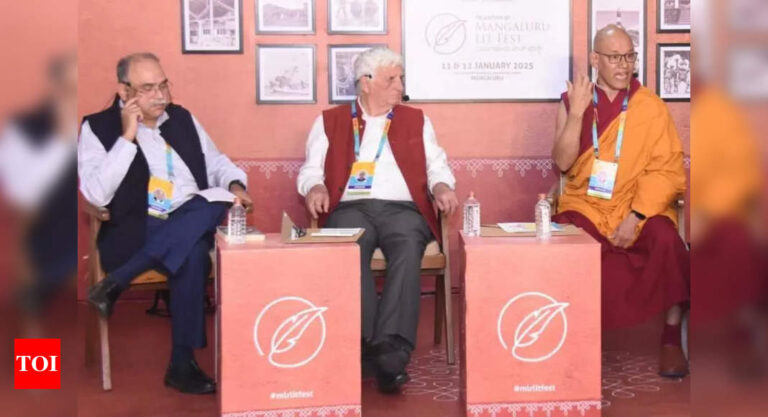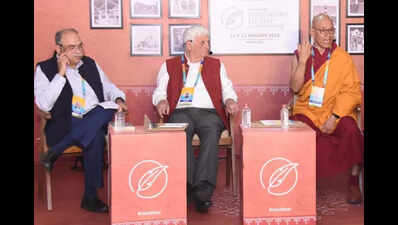Mangaluru: A session themed on ‘Geopolitics of the Himalayas’ held as part of the 7th Mangaluru Literature Festival brought together a diverse panel of experts to explore the complex dynamics shaping the geopolitical landscape of the Himalayan region. I dug into it.
Dr. Claude Arpi, a renowned expert on India-China-Tibet relations, spoke about his personal journey and the evolution of his interest in Himalayan geopolitics. Dr. Arpi, a French-born dental surgeon, first visited India in 1972 and his deep association with the region began. He expressed concern over the region’s rapid development and stressed the need to balance growth and environmental conservation to preserve the natural and spiritual essence of the Himalayas.
The discussion also touched on territorial disputes and military tensions between India and China. Dr. Arupi spoke about the events of May 2020, when Chinese troops attempted to advance into the disputed area of Ladakh, leading to a tense standoff. Despite China’s infrastructure advantages, he expressed confidence in India’s defense capabilities, especially along the LAC, and reassured that a repeat of the 2020 invasion is unlikely.
Dilip Sinha, a former senior diplomat with significant international relations expertise, shared insights from his book, Tibet’s Imperial Games, which explores the geopolitical history of the Himalayas. Sinha argued that China’s territorial claims to Tibet, including Arunachal Pradesh, had no historical validity as Tibet was only briefly colonized during the Qing Dynasty.
Janchup Choden, Deputy Secretary-General of the International Buddhist Federation, introduced the cultural and religious aspects of Himalayan geopolitics and emphasized the important role of Buddhism in shaping the region’s identity. He discussed the ongoing geopolitical narrative surrounding Tibetan Buddhism, particularly China’s attempts to reshape Tibetan Buddhism with Chinese characteristics while India continues to protect its Buddhist roots.
The session focused on the need for India to deepen its understanding of Tibet’s history and geopolitical importance, leverage its cultural and spiritual heritage to navigate complex regional dynamics, and counter China’s growing influence. It ended with an important message:



